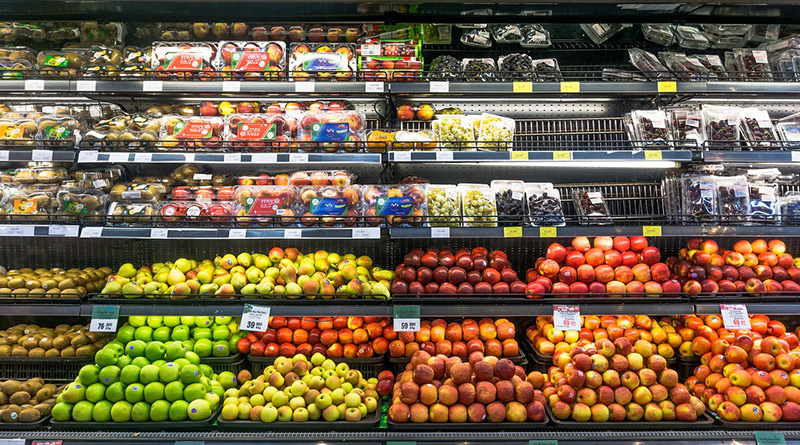Soaring Food and Energy Prices to Remain Pain Points for Uk Economy in 2023, Forecasts Globaldata

The cost-of-living crisis in the UK is becoming increasingly severe as millions of people struggle to keep up with soaring prices, particularly for essential goods like food and energy. The overall inflation rate in the UK is expected to remain stubbornly high at 6.8% in 2023, far above the Bank of England’s inflation target of 2%. In particular, the food and energy inflation rates are forecast to reach 7.2% and 16.7%, respectively, exacerbating the financial burden on households and businesses across the country, predicts GlobalData, a leading data and analytics company.
Although the overall inflation rate in the UK eased for the third consecutive month to 10.1% in January 2023, it stayed above 10% from September 2022 onwards. Food and energy inflation stayed above 15% and 88%, respectively, from October 2022 onwards. Prices of all food items remained above 15% in January 2023 including milk, cheese, and eggs (31.1%), oil and fats (26.7%), bread and cereals (16%), fish (15.7%), vegetables (15.5%) and meat (15%).
On the other hand, the prices of electricity, gas and other fuels increased by 89.5% in January 2023 compared to 22.7% in January 2022. High energy inflation in January 2023 was mainly driven by 129.4% rise in the prices of gas, and 66.7% rise in the prices of electricity, on an annual basis.
Arnab Nath, Economist at GlobalData, comments:
“The outbreak of bird flu, rising cost of production due to higher cost for feed and energy continue to remain the key concern for the domestic producer of vegetables, eggs, meats, and other dairy products.
“On the external side, bad weather conditions in Spain and Morocco, the UK’s key import partners of agricultural products, resulted in the shortages of farm produce, seriously challenging the food security. However, the food supply shortage is expected to ease in next three to four months as fresh farm producers just planted vegetables in February 2023 instead of December 2022, according to Lea Valley Growers Association (represents 80 growers across the UK).”
